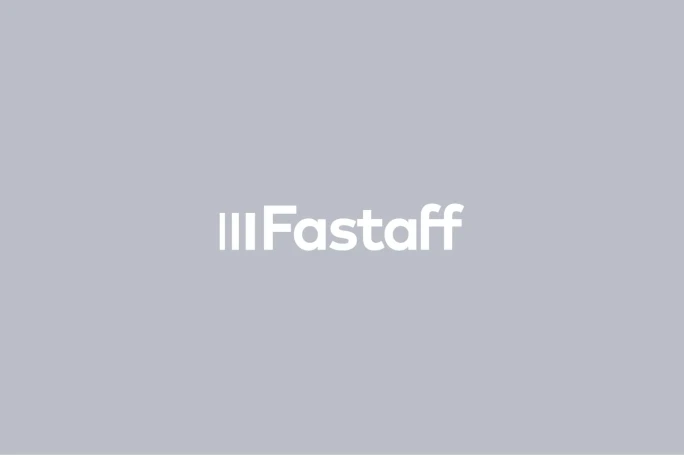An
company | Brands
Blog & News/2011 Revised NPSG Medication Reconciliation Effective 7/1/11
2011 Revised NPSG Medication Reconciliation Effective 7/1/11
The Joint Commission Board of Commissioners has approved the National Patient Safety Goal (NPSG) on the reconciliation of medication information. This revision will go into effect July 1, 2011.
For educational purposes, it is not necessary to retest those who have already been tested on the 2011 NPSG. However, it is important that you educate yourself regarding this update. For your convenience, we have included the new revision with the Elements of Performance below.
NPSG.03.06.01
Maintain and communicate accurate patient medication information.
Elements of Performance for NPSG.03.06.01
1.) Obtain information on the medications the patient is currently taking when he or she is admitted to the hospital or is seen in an outpatient setting. This information is documented in a list or other format that is useful to those who manage medications.
Note 1: Current medications include those taken at scheduled times and those taken on an as-needed basis.
Note 2: It is often difficult to obtain complete information on current medications from a patient. A good faith effort to obtain this information from the patient and/or other sources will be considered as meeting the intent of the EP.
2.) Define the types of medication information to be collected in non–24-hour settings and different patient circumstances.
Note 1: Examples of non–24-hour settings include the emergency department, primary care, outpatient radiology, ambulatory surgery, and diagnostic settings.
Note 2: Examples of medication information that may be collected include name, dose, route, frequency, and purpose.
3.) Compare the medication information the patient brought to the hospital with the medications ordered for the patient by the hospital in order to identify and resolve discrepancies.
Note: Discrepancies include omissions, duplications, contraindications, unclear information, and changes. A qualified individual, identified by the hospital, does the comparison.
4.) Provide the patient (or family as needed) with written information on the medications the patient should be taking when he or she is discharged from the hospital or at the end of an outpatient encounter (for example, name, dose, route, frequency, purpose).
Note: When the only additional medications prescribed are for a short duration, the medication information the hospital provides may include only those medications.
5.) Explain the importance of managing medication information to the patient when he or she is discharged from the hospital or at the end of an outpatient encounter.
Note: Examples include instructing the patient to give a list to his or her primary care physician; to update the information when medications are discontinued, doses are changed, or new medications (including over-the-counter products) are added; and to carry medication information at all times in the event of emergency situations.
Reference: National Patient Safety Goal on Medication Reconciliation. (2011). Retrieved fromhttp://www.jointcommission.org/npsg_reconciling_medication/


